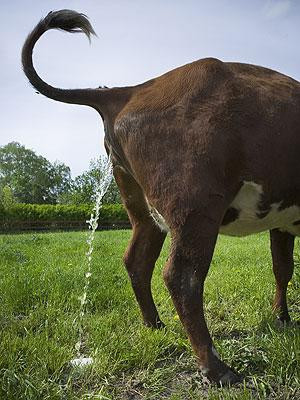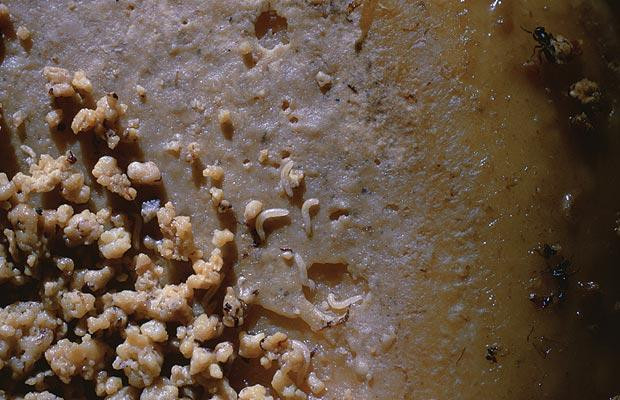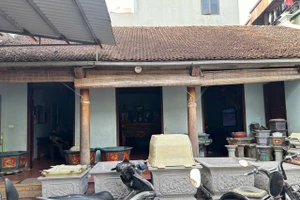 |
| Món nhện đen rán ở Campuchia. Trong các chợ ở thủ đô Phnom Penh và ở thị trấn Skuon, người dân rán những con nhện đen này bán cho khách địa phương hoặc khách du lịch |
 |
| Món ăn đến từ Iceland này có thên là Hakarl (cá mập lên men) Món ăn này làm bằng cách tạo một cái hố, rồi để thịt cá mập sấy vào trong, rồi đậy đất đá lên trong vòng 3 tháng. Sau đó thịt cá mập được lấy ra, cắt khúc và treo được trong vài tháng. Mùi vị của món ăn này khó chịu nhưng khi ăn lại được cho là khá ngon |
 |
| Fugu – Món ăn Nhật Bản này được khuyến cáo là phải được làm đúng cách bởi vì nhiều bộ phận của con cá làm nên món ăn này như da, gan... chứa một lượng chất độc lớn |
 |
| Ấu trùng Witchetty - đây là từ mà người Australia dùng để chỉ những con sâu bướm lớn, màu trắng trong món ăn của người bản địa. Chúng có thể được ăn sống hoặc nấu chín và được coi là rất giàu protein. |
 |
| Rượu mòng biển - Đây là món ăn mà người ta để một con mòng biển chết vào một chai nước và phơi dưới nắng. Điều này cũng giống như việc người ta bỏ côn trùng hay rắn vào rượu để ngâm như ở Việt Nam |
 |
| Nước tiểu của bò - Người Ấn Độ tin rằng nước tiểu của bò có giá trị chữa bệnh cho nên nó được bán cùng với mặt hàng khác như sữa, sữa chua. |
Phương Hà (Theo Telegraph)







































